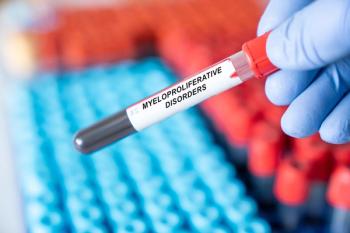
How Do the Effects of Parkinson Disease Increase Patients' Symptom Burden?
Researchers uncovered the amount of variance among interrelated Parkinson disease (PD) motor, neuropsychiatric, and cognitive symptoms, which may improve understanding into the pathophysiology of PD, according to study findings published in Human Brain Mapping.
Researchers uncovered the amount of variance among interrelated symptoms of
As the study authors noted, the complexity of PD is characterized by overlapping motor, neuropsychiatric, and cognitive symptoms. In PD research, it has been shown that non-motor symptoms, such as cognitive and neuropsychiatric impairment, can significantly impact quality of life in patients with PD (PwP). Moreover, leaving these symptoms untreated may precipitate the occurrence of OFF periods, which can intensify
The study authors sought to understand how the worsening of one of these symptoms is related with worse performance in other symptom domains. They utilized a novel commonality analysis (CA) approach, a multiple regression method of variance partitioning used to delineate the specific and common influence of symptom predictors.
Researchers performed the CA on 74 non-dementia PwP deriving measures of the unique and common contribution of each domain (motor, cognitive, and neuropsychiatric) to each other. They constructed bootstrap confidence intervals to determine precise estimates and direct comparisons between each commonality coefficient.
In findings from the CA, the researchers found evidence that the
The caudate brain region had further implications for symptom interconnectivity as both unique and shared influence of neuropsychiatric and cognitive symptoms were characterized by the caudate-precuneus. Additionally, posterior cortical connectivity was shown to reflect the unique and common effects connection of each symptom domain.
Researchers highlighted the efficacy of the CA in determining the amount of attributed variance for each symptom domain in PD. They noted that further work with refined patient group is warranted to complement and confirm these study findings.
“Finally, this analytical method could be adapted to other patient groups with correlated symptom domains,” the authors concluded.
Reference
Lang S, Sarna J, Ismail Z, et al. Common and unique connectivity at the interface of motor, neuropsychiatric, and cognitive symptoms in Parkinson disease: A commonality analysis [published online June 1, 2020]. Hum Brain Mapp. doi:10.1002/hbm.25084
Newsletter
Stay ahead of policy, cost, and value—subscribe to AJMC for expert insights at the intersection of clinical care and health economics.













































